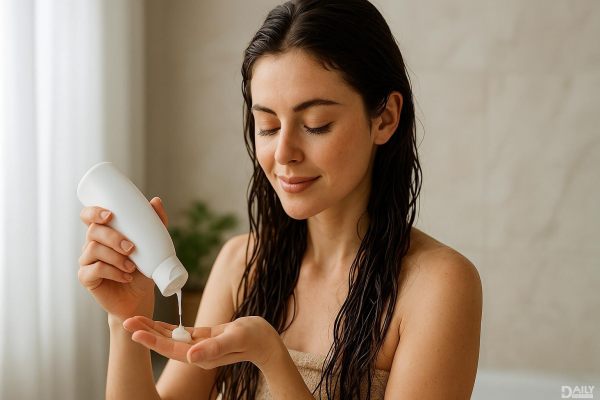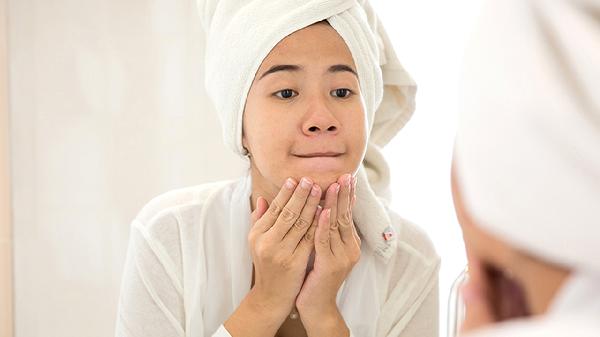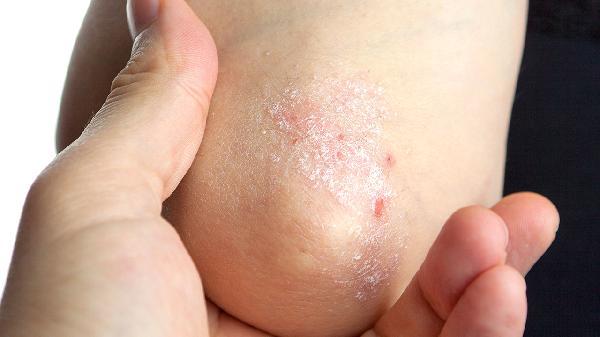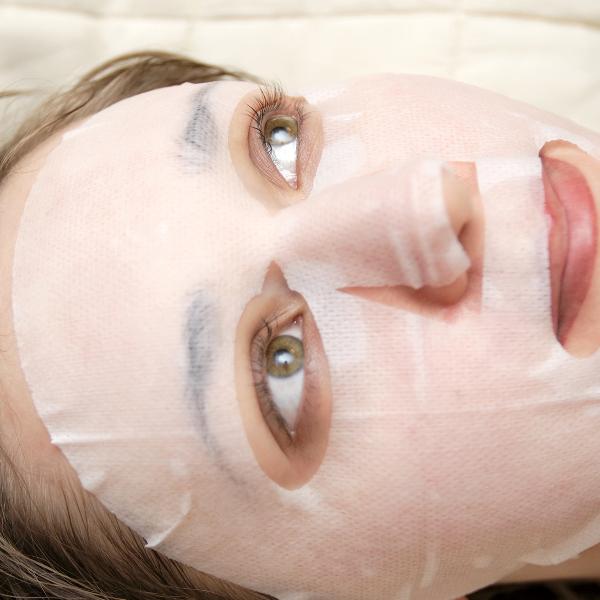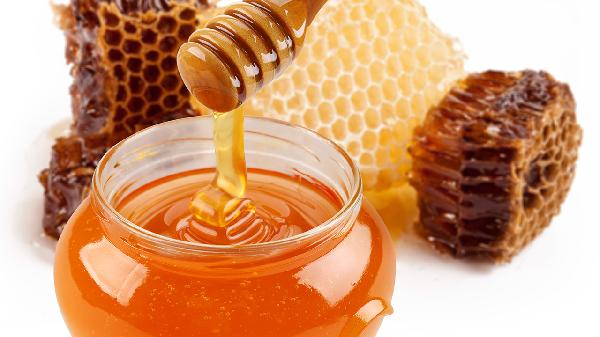If you've ever felt like your conditioner is secretly plotting against your volume, you're not alone. The truth is, yes, some conditioners can weigh your hair down—but it's not a universal conspiracy. The real issue comes down to formulation, hair type, and how you're using it. Let's break it all down so you can keep your locks lush without sacrificing bounce.
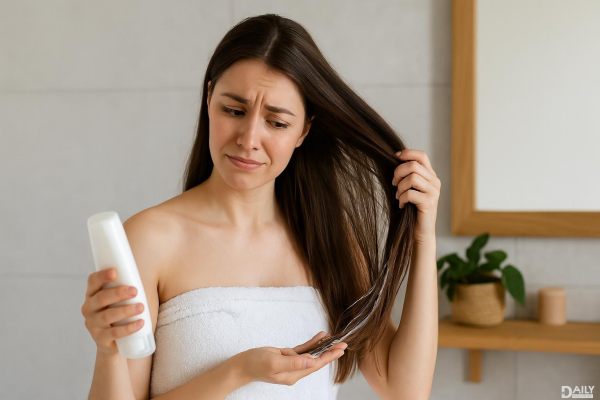
Conditioners work by depositing moisturizing ingredients—like silicones, oils, and cationic surfactants—onto your hair strands to smooth the cuticle and reduce friction. While this is great for detangling and shine, certain formulations can be too heavy for fine or thin hair types. Think of it like applying thick lotion to already hydrated skin—it's overkill and leaves a greasy residue. The key is finding a formula that matches your hair's density and porosity. Fine hair typically does better with lightweight polymers like polyquaterniums, while coarse or chemically treated hair can handle richer emollients like shea butter.
Not all conditioning agents are created equal. Dimethicone, a common silicone, creates a waterproof seal that can smother fine strands. Heavy butters (looking at you, coconut and avocado oil) are fantastic for curly hair but may pancake straight styles. Even natural ingredients like aloe vera gel can cause buildup if they're high up in the ingredient list. Pro tip: Scan labels for terms like "volumizing," "lightweight," or "balancing"—these often indicate formulas with cyclomethicone (a lighter silicone) or hydrolyzed proteins that strengthen without dragging hair down.
How you apply conditioner matters just as much as what's in it. Smothering your roots is a one-way ticket to flatville—conditioner belongs mid-length to ends only. Over-conditioning (using too much product or leaving it on too long) is another common misstep. For fine hair, try the "conditioner first" method: Apply a pea-sized amount to soaking wet hair before shampooing. This preps strands for cleansing while preventing over-moisturization. And never skip the final cold rinse—it closes the cuticle for natural lift at the roots.
Buildup from conditioners (and styling products) will eventually crush even the most resilient volume. A monthly clarifying treatment with chelating shampoos removes mineral deposits and silicones that dull body. For a gentler approach, apple cider vinegar rinses (1 part vinegar to 3 parts water) break down residue while maintaining pH balance. Just remember: Clarifying makes hair porous, so follow up with a protein treatment or leave-in conditioner to prevent over-drying.
If traditional rinse-out conditioners consistently fail you, consider alternatives. Detangling sprays with panthenol provide slip without weight. Leave-in conditioners with UV filters protect hair while allowing natural movement. For curly folks, the "squish to condish" technique—scrunching water and conditioner into curls under running water—enhances definition without compaction. And let's not forget dry shampoo—it's not just for oil absorption; a spritz at the roots adds instant texture and lift between washes.
At the end of the day, conditioner shouldn't be the villain in your hair story. With the right product match and techniques, you can absolutely have hydrated hair that stands up—literally—to your volume dreams. Experiment with application methods, don't fear occasional clarifying, and remember that sometimes the best conditioner is the one you strategically don't put on certain sections of your hair.

